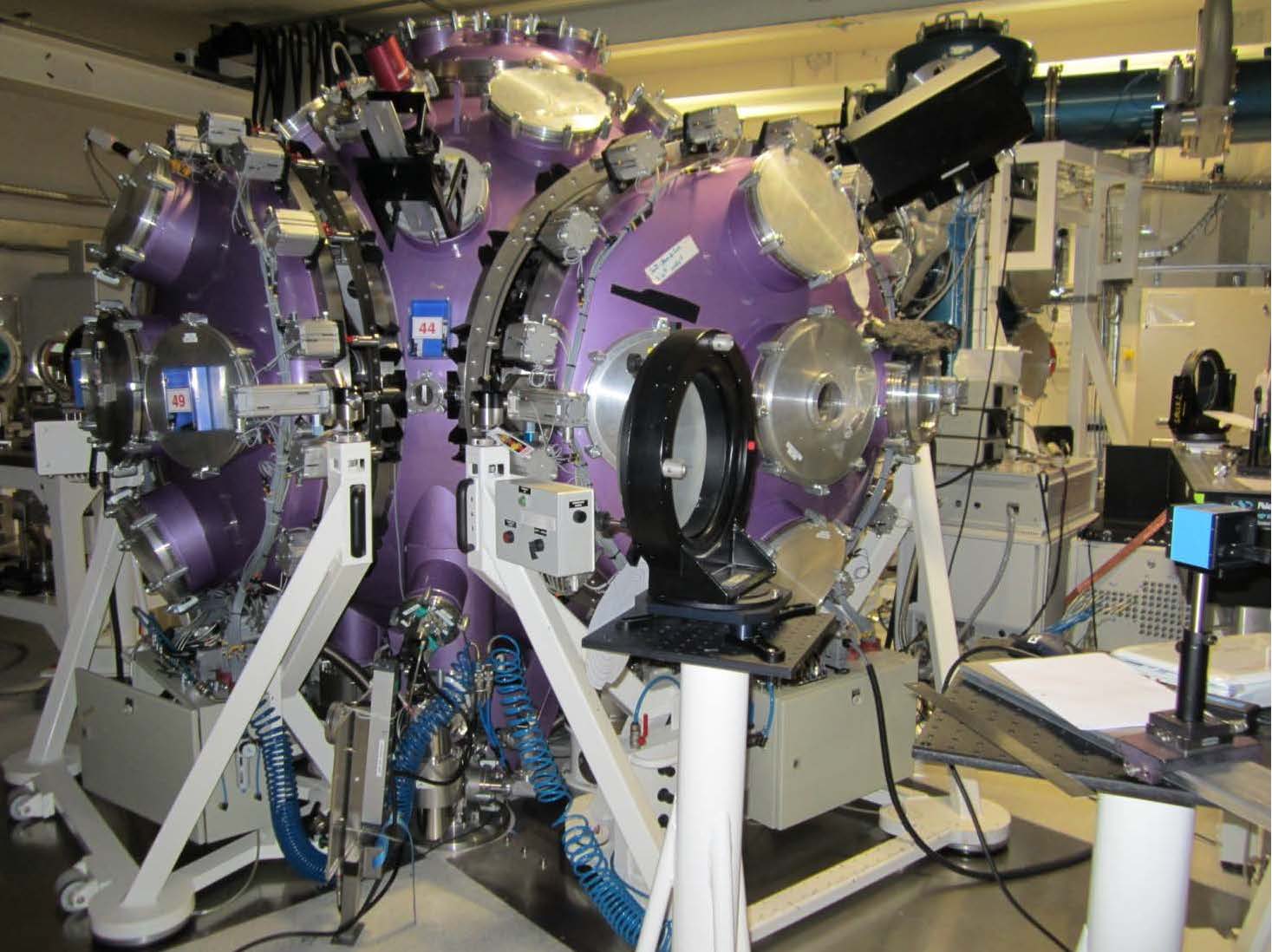Methods for Nuclear Fusion
Nuclear power is has
been around for quite some time in the form of nuclear
fission. Nuclear fission
is essentially the opposite of Nuclear
fusion, it involves a larger nuclei splitting
into two smaller nuclei.
Nuclear fission produces energy form higher order
elements when they are split
with the most popular being uranium-238. Nuclear fusion
on the other hand
produces energy from lower order elements with the most
efficient being iron
and nickel. While nuclear fission events produce more
energy, the fuel required
for nuclear fusion is far more abundant.
The most popular method
for nuclear fusion is thermonuclear fusion. This
involves creating an
environment of very high temperatures that cause the
kinetic energy of
particles to accelerate. The temperature needs to reach
a point at which the
particles move so quickly that when they collide they
break the coulomb
barrier. Temperature alone is not a practical way of
producing an environment
for nuclear fusion to take place. In order to overcome
the coulomb barrier a
temperature of over 120 mega-kelvins would be needed.
This would provide a
multitude of engineering difficulties to overcome.
However the temperature does
not need to be this high for nuclear fusion to occur. If
the temperature was
relatively high where nuclei were close to overcoming
the barrier quantum
tunneling may occur. This process is exactly what it
sounds like, when nuclei
have nearly enough energy they can tunnel through the
remaining barrier. Beyond
this, temperature is a measure of the average kinetic
energy, so some nuclei
will have enough energy to undergo nuclear fusion. This
just means that the
nuclear fusion occurs more slowly.
Another promising rout
for nuclear fusion is beam to beam fusion. Two high
powered lasers focused on a
boron 11 isotope in plasma form cause nuclear fusion
between the boron and the
protons driven by the laser. This produces alpha and
beryllium particles with
an every output that exceeds thermonuclear methods. This
process has been
proven to work on a small scale. An image of the laser
fusion device is seen below. A large scale power
production plant using
this method is not feasible at this time but may be in
the future as research
continues.

Nuclear fusion has
several limitations but its place in the future of power
production seems
promising.